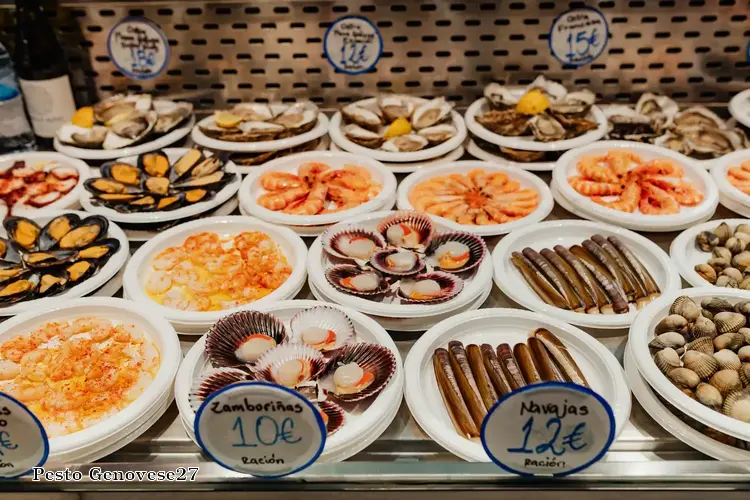

In the picturesque coastal region of Liguria, nestled between the azure waters of the Mediterranean and the verdant slopes of the Apennines, lies the culinary gem known as Pesto Genovese. This vibrant green sauce, a symphony of flavors and textures, has captivated taste buds around the world.
Origins and History
Pesto Genovese traces its roots back to the 16th century, when it was first mentioned in a cookbook from Genoa, the capital of Liguria. The name "pesto" derives from the Genoese word "pestare," meaning "to pound," referring to the traditional method of preparing the sauce using a mortar and pestle.
Ingredients and Preparation
The authentic Pesto Genovese is a simple yet exquisite blend of just a few key ingredients:
To prepare Pesto Genovese, the ingredients are traditionally pounded together in a marble mortar using a wooden pestle. This method preserves the delicate flavors and textures of the individual components.
Flavor Profile
Pesto Genovese is characterized by its vibrant green color, herbaceous aroma, and complex flavor profile. The basil dominates the palate, providing a fresh and aromatic burst. The pine nuts add a nutty sweetness, while the garlic and cheeses contribute savory and umami notes. The olive oil rounds out the sauce, creating a smooth and velvety texture.
Culinary Uses
Pesto Genovese is most commonly used as a sauce for pasta, particularly short shapes like trofie, trenette, and orecchiette. It can also be used as a marinade for meats, fish, or vegetables, or as a spread for sandwiches and bruschetta.
Variations
While the traditional Pesto Genovese recipe is sacrosanct in Liguria, there are some variations that have emerged over time. Some cooks add additional ingredients such as sundried tomatoes, capers, or anchovies. Others use different types of nuts, such as walnuts or almonds.
Health Benefits
Pesto Genovese is not only delicious but also packed with nutritional benefits. Basil is a rich source of antioxidants, while pine nuts provide healthy fats and protein. Parmesan and Pecorino cheeses are excellent sources of calcium and protein. Olive oil is known for its heart-healthy properties.
Conclusion
Pesto Genovese is a culinary masterpiece that embodies the flavors and traditions of Liguria. Its vibrant green color, herbaceous aroma, and complex flavor profile have made it a beloved sauce around the world. Whether enjoyed as a pasta sauce, a marinade, or a spread, Pesto Genovese is a testament to the culinary artistry of the Italian Riviera.
DISCLAIMER: This information is provided for general informational purposes only, and publication does not constitute an endorsement. Kwick365 does not warrant the accuracy or completeness of any information, text, graphics, links, or other items contained within this content. Kwick365 does not guarantee you will achieve any specific results if you follow any advice herein. It may be advisable for you to consult with a professional such as a lawyer, accountant, or business advisor for advice specific to your situation.
today
Copyright © 2025 KwickEAT.com
Designed by KwickPOS is the best restaurant POS